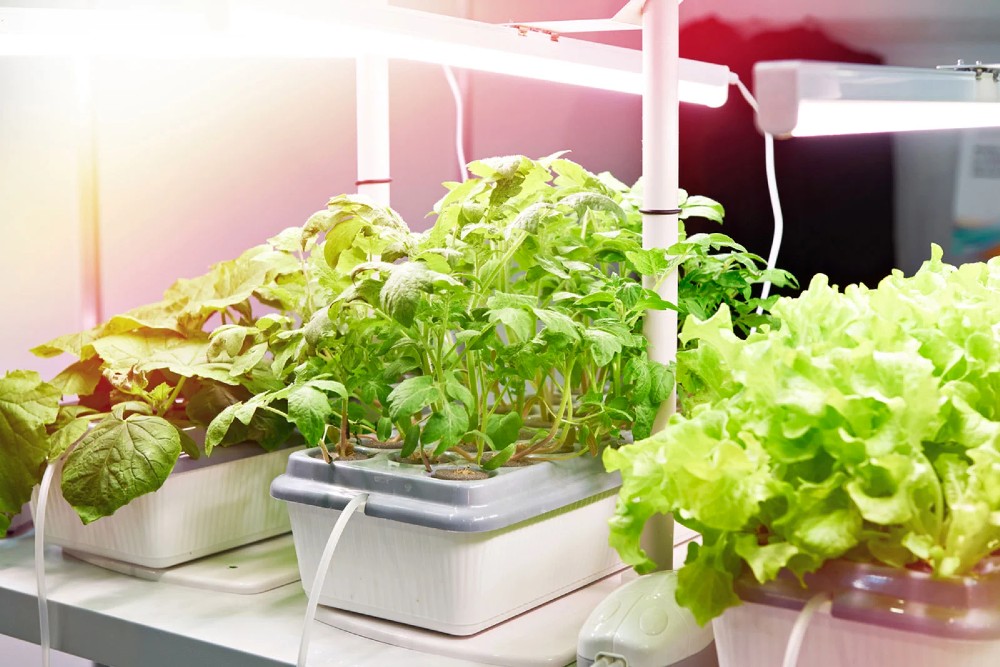Hydroponic gardening is a method of growing plants without the use of soil. Hydroponic systems can be simple or complex, and are suitable for both commercial and home growers.
How does hydroponics work?
In hydroponics, plants are grown in water instead of soil. The nutrient-rich water is delivered to the roots via a system of tubes or pipes which pass through the plant’s growing medium (the material that holds the plant in place). Plants absorb nutrients from this solution as they would from soil. Nutrient solutions are regularly changed so that the levels of nutrients remain constant.
You can grow more plants in a smaller area than by conventional methods, e.g., in containers or raised beds. This makes it ideal for small spaces such as patios, balconies and roof terraces. You can also grow plants indoors during winter months as long as you have sufficient light sources (either artificial or natural).
Hydroponics is a subset of hydroculture and a method of growing plants using mineral-rich solutions rather than soil. It differs from aquaculture (raising aquatic animals or plants) where the solution is regularly changed between being fresh water, which can contain fish waste products, and salt water, which can contain plant nutrients from algae growing on the sides of tanks. Hydroponic systems are used for both commercial and domestic horticulture; large-scale hydrotherapy applications; and to grow agricultural crops such as grains, tomatoes and cucumbers under controlled environmental conditions in greenhouses.
Instead of relying on soil to hold nutrients and moisture, hydroponic gardening uses either a liquid nutrient solution or solid medium such as rockwool or perlite that is retained in a container with drainage holes at the bottom. The plant roots are suspended above this medium, often within an enclosed environment such as a clear plastic cube or tube.
Hydroponics is the technique of growing plants in a soilless medium, such as gravel, sand, or a solution of nutrients. The nutrient solution is periodically topped up with a nutrient solution. In contrast to soil-based growing, hydroponic systems have many advantages, including the ability to control the plant’s environment:
- No soil means no pests or diseases.
- Many varieties are easier to grow than in soil (due to their genetic limitations).
- Nutrients are directly available for the plant, so there is no need for root development and absorption.
- The roots are exposed to oxygen at all times (no suffocation of roots).
The nutrient solution is usually recirculated from reservoirs below ground and pumped up to the growing beds. The roots of plants absorb nutrients and water from the solution, which flows back down to the reservoir for reuse.
Minerals, vitamins and other nutrients can be added to the hydroponic system as needed. The amount of each nutrient depends on what type of plant grows in each system (i.e., cannabis vs tomatoes). There are many benefits of hydroponic gardening over traditional methods such as:
- No weeds
- No pesticides or herbicides needed
- No pests or diseases
- Easy to maintain
The nutrients required by plants are dissolved in water and fed directly to them through hydroponic systems. This eliminates the need for soil and eliminates weeds, pests, diseases and other problems associated with growing plants in soil. You can contact Straight Up Hydro for more information.







